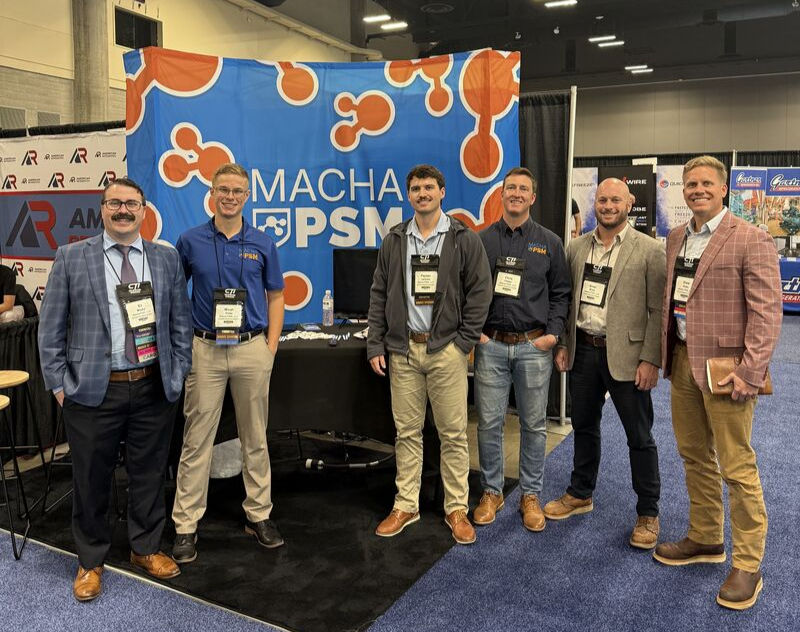2 | The Ammonia Safety Playbook: SDS Edition | Sections 3 & 4 | What’s in Anhydrous Ammonia, Exactly? What if Someone Has Been Exposed? | Blog No. 82
- Traci Cherry, Content Specialist

- Jul 8
- 3 min read
Updated: Jul 15

[DISCLAIMER: This blog series is not a comprehensive Safety Data Sheet. You MUST refer to the appropriate SDS for your facility’s Ammonia usage.]
If you’ve ever worked around Anhydrous Ammonia, you know it means business. One leak can go from irritating to intense in seconds. That’s why Sections 3 and 4 of the Safety Data Sheet (SDS) are must-reads—they tell you what’s in the tank and what to do if something goes wrong.
Let’s break it down—plus a quick story that shows why this knowledge isn’t just technical... it's life-saving.
SDS Section 3 | Composition / Information on Ingredients
This section is simple—but critical. It answers the question: “What exactly am I working with?”
For Anhydrous Ammonia, here’s what you’ll find:
Chemical Name: Ammonia, anhydrous
Common Synonyms: NH₃, R-717
CAS Number: 7664-41-7
Concentration: 99.5% or higher (in pure commercial-grade form)
Impurities/Additives? Usually none, but check if listed
Why it matters:If someone is exposed to a substance, medical responders need to know the exact chemical name and concentration—fast. Misidentifying it can delay treatment or make things worse.
SDS Section 4 | First Aid Measures
Okay, here’s where the SDS gets personal. This section tells you what to do immediately if someone is exposed—through inhalation, skin contact, eye contact, or ingestion.
Let’s say something happens. Here's what Section 4 wants you to know:
🫁 Inhalation:
Move the person to fresh air ASAP
Keep them calm and warm
Call for medical help immediately
If not breathing, trained personnel should begin CPR or oxygen
👁️ Eye Contact:
Rinse eyes gently but continuously with water for 15+ minutes
Hold eyelids open if needed
Don’t wait—get medical attention immediately
🧴 Skin Contact:
Rince clothing first before removing. Ammonia can cause the clothing to freeze to the skin. Reassure it’s unfrozen before removing contaminated clothing.
Rinse skin with copious water—again, 15+ minutes
Don't use creams or ointments unless instructed by a doctor
🚫 Ingestion (Rare but Serious):
DO NOT induce vomiting
Rinse mouth with water
Seek emergency medical help immediately
A Quick Story from the Plant Floor
Let me tell you about Juan.
He’s a lead operator at a cold storage facility, and one day a small ammonia leak occurred near a valve in the engine room. Another technician—new on the job—started coughing and rubbed his eyes. Juan acted fast. Because he’d reviewed Section 4 of the SDS just last week, he:
Pulled the tech to fresh air
Rinsed his eyes at the nearby eyewash station
Radioed the safety team for further medical support
The new tech made a full recovery—and now he never skips SDS training.Why? Because someone else’s preparedness saved him.
The Bottom Line
Sections 3 and 4 of the SDS tell you:
What you’re dealing with (Section 3)
What to do in an emergency (Section 4)
It’s not just data—it’s a safety playbook that keeps people alive and operations running.
Pro Tip for Teams:
Keep laminated first aid instructions (from Section 4) posted near:
Eyewash stations
Control panels
Breakrooms or PPE (Personal Protective Equipment) areas
Stay tuned for our next blog: Section 5 – Firefighting Measures: What to Do When Things Heat Up
PREVIOUS POST:
Part 1 | The Ammonia Safety Playbook: SDS Edition | Sections 1 & 2 | What Are We Working With? What Can Go Wrong?

For a comprehensive training on Anhydrous Ammonia, click here for our PSM Academy Ammonia Awareness training, to learn and earn a certificate of completion. Training is in English and Spanish. Use code SDS20 for a 20% discount on the entire purchase. For more information, email us at academy@machapsm.com.





Comments